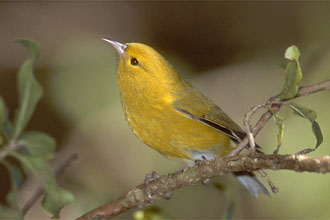
Viridonia parvus
TAXONOMY
Viridonia parvus Stejneger, 1887.
OTHER COMMON NAMES
English: Lesser amakihi; French: Hйmignathe anianiau; German:
Anianiau; Spanish: Anianiau.
PHYSICAL CHARACTERISTICS
4.5 in (11.4 cm); 0.32–0.35 oz (9–10 g). Smallest living bird
species of Hawaii. Compact build, looks almost spherical when
perching. Bill is small, thin, and slightly downturned. Male is
bright yellow over most of body, with white rump and slightly
darker wings; female duller.
DISTRIBUTION
Widespread in mountain forests of Kauai Island.
HABITAT
Variety of habitats, from dry valleys to rain-soaked Alakai area.
BEHAVIOR
Lively and active, hops along branches while foraging, seldom
or never descends to the ground. Bonded male and female pair
will defend a small territory about the nest site, the tree itself,
or larger surrounding area up to 25–30 ft (7.6–9 m) across.
Males chase off conspecific interlopers, tolerate other species
up to a critical distance from the nest. Females join in repelling
intruders only if they come too close to the nest. Song
is melodious, high-pitched trill rendered “weesee” or “weesity”
in sets of four; call is musical, high-pitched “orps-seet.”
FEEDING ECOLOGY AND DIET
Prefers to forage above 1,968 ft (600 m) but may range as low
as 330 ft (100 m); sips nectar and gleans insects. Forage and
feed mostly as individuals, also operate in bonded pairs, family
groups, and flocks at favorite nectar sites. May also join in
mixed foraging and feeding flocks with akeke’e (Loxops
caeruleirostris) and akikiki (Oreomystis bairdi).
REPRODUCTIVE BIOLOGY
Pairs build nests from February to late May, eggs laid between
March and June; young fledge between early April and early July.
CONSERVATION STATUS
Not threatened. Tolerates considerable habitat disturbance and
maintains a stable population estimated at 24,000.
SIGNIFICANCE TO HUMANS
None known.
Other popular Animals
Photo Gallery of - Anianiau
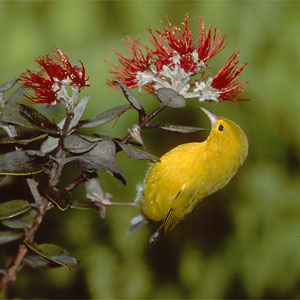
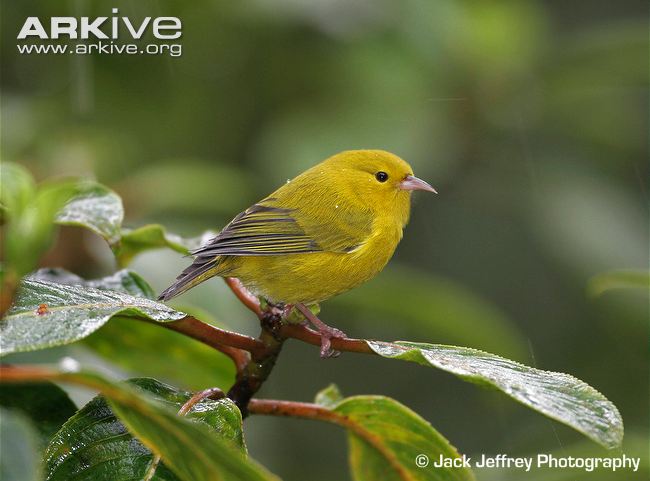
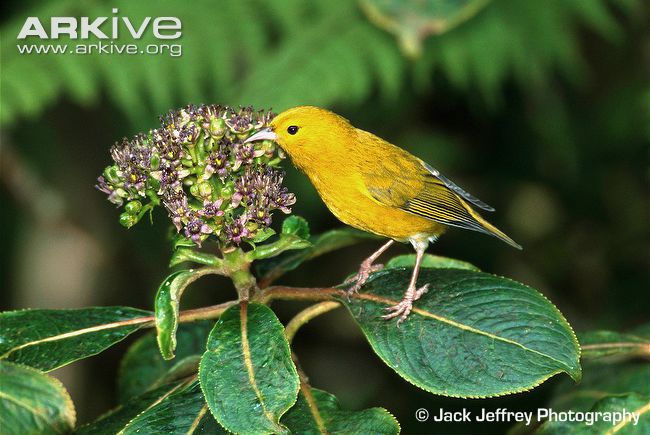
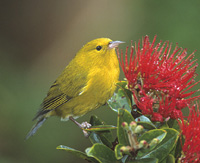
 Animalia Life
Animalia Life